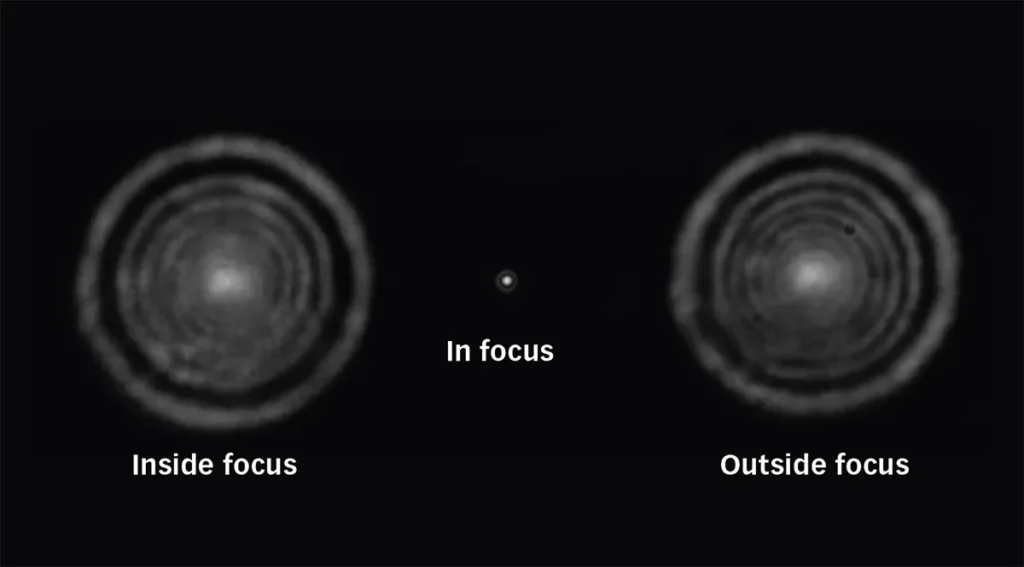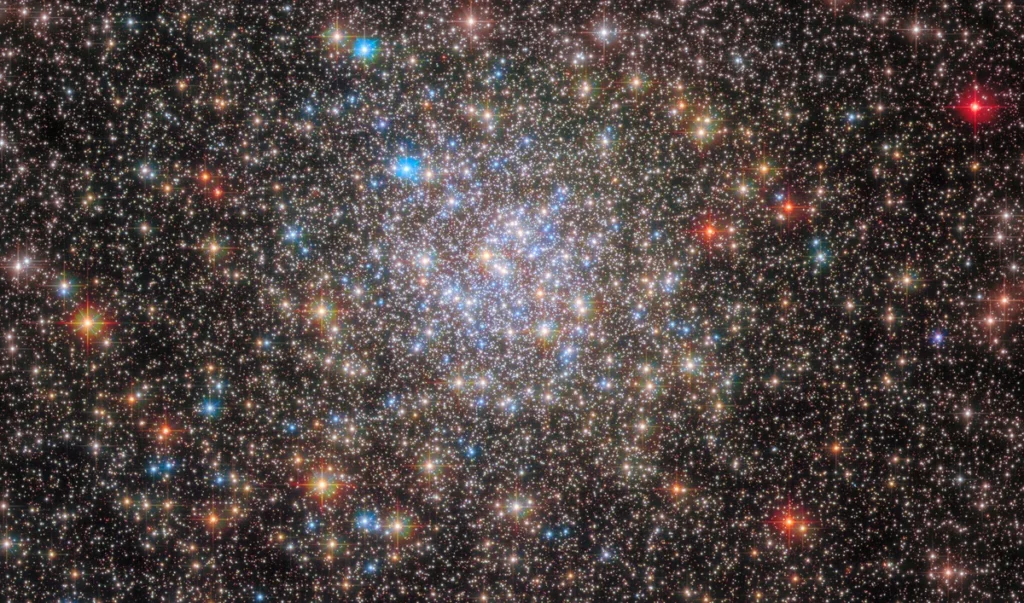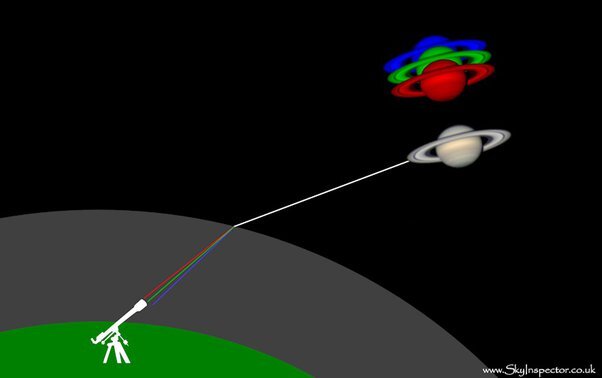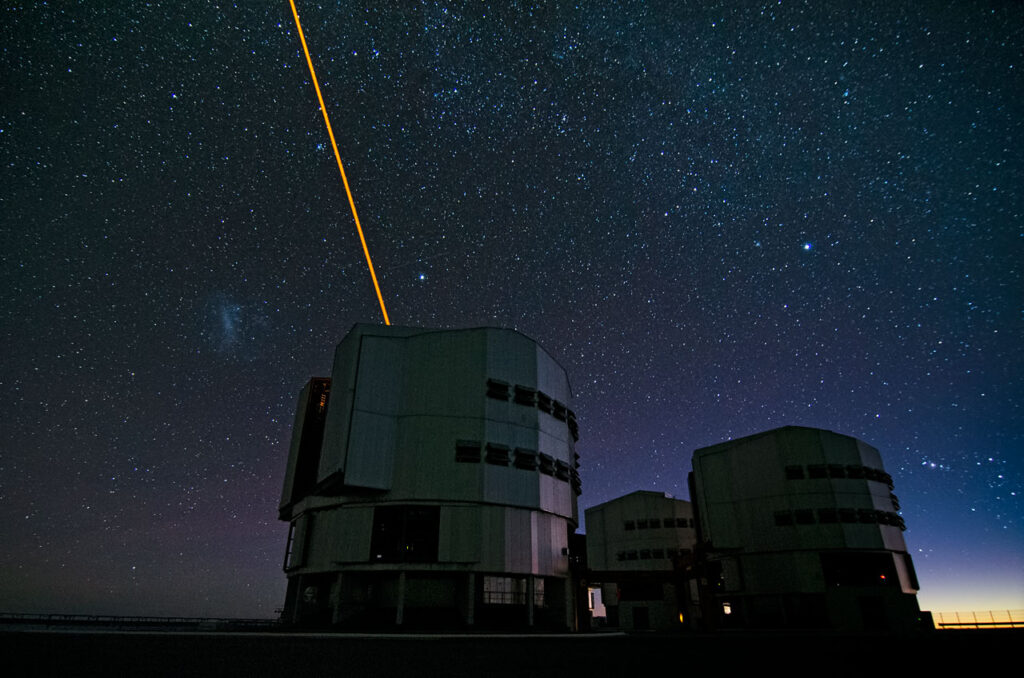Residents of large cities with a significant number of artificial light sources do not often pay attention to the starry sky above their heads, remembering it only when they are far from populated areas. Those who have the opportunity to admire the diversity of distant stars immediately notice two things. First, all the luminaries have different luster, from very bright to barely visible to the naked eye. And secondly, the luminosity of almost all of them changes very quickly and irregularly with a small but noticeable amplitude, and this is best seen in the brightest objects. This effect is called flicker, and it is not a “visual illusion” – devices also register it.

To understand where this flicker comes from, scientists say, you should collect statistics and carefully examine all the stars in the sky. It’s easy to see that those located near the zenith shine almost steadily, and the closer the star is to the horizon, the more it flickers. The brightest of the “low” stars are also capable of changing color. And if you make observations on different nights, it becomes obvious that the flickering becomes more pronounced in windy weather. Hence, it is easy to come to a quite logical conclusion: the cause of this phenomenon is the influence of the Earth’s atmosphere.
No matter how ephemeral our planet’s gas envelope may seem, it is still an optically active medium with a refractive index higher than the space vacuum surrounding the Earth. Moreover, our atmosphere is constantly living its own active life, and even if we feel completely calm near the surface, fierce winds can rage at high altitudes, carrying various pollutants (anthropogenic or natural, such as the products of volcanic eruptions) over long distances.

Atmospheric flows carry gas “bubbles” that have a higher or lower density than their surroundings. Although this difference in density does not seem significant, the size of the bubbles is often measured in tens or even hundreds of meters, so they “work” like giant lenses that are constantly moving and changing their size. The light passing through them can focus on the observer (in which case he or she sees a short-term increase in brightness) or, conversely, scatter (in which case it becomes weaker for a short time). Toward the zenith, the line of sight “pierces” the atmosphere with the shortest distance, and it is affected by the least amount of such inhomogeneities. Closer to the horizon, we see more of them, they overlap each other and cause a stronger flicker.
This can be best seen through a telescope, through which distant stars are visible as small circles (called diffraction disks) surrounded by several diffraction rings. This picture is a consequence of the wave nature of light and occurs when light waves interact with elements of the optical system. However, in an unstable atmosphere, this picture turns into a strange asymmetrical spot whose shape is constantly changing. It becomes impossible to conduct observations in these conditions.

For objects located lower above the horizon, the fact that rays with different wavelengths (corresponding to light of different colors) are refracted differently by the atmosphere becomes noticeable. At certain moments, the light of a single part of the visible spectrum appears to be concentrated on the observer, and then it seems that the star is briefly colored in a certain color. The brighter the star, the more clearly we see these colors.

The only class of celestial bodies that shine with a stable radiance and practically do not flicker are the largest planets in the Solar System. They have disks large enough to be seen with the simplest telescopes (as Galileo Galilei did back in 1609). The angular diameters of these disks are much larger than the size of the “spot” that occurs due to atmospheric distortions. In fact, each image of the planet consists of many such spots, the brightness of which varies independently of each other. And the total light flux from them is almost constant, slowly becoming different only in accordance with the relative position of the Earth, the planet, and the Sun. So if you see a fairly bright star in the sky that doesn’t flicker, it’s almost certainly a planet.

How do astronomers manage to conduct research in such difficult conditions? First of all, in many cases, statistical methods help them. A star can “flash” quite strongly and quickly, but over longer periods of time, its apparent luminosity is “averaged out,” so it can be measured with good accuracy. Second, most of the atmospheric inhomogeneities that affect image quality are in the ground layer, which is about 2 km thick. Therefore, there is now a tendency to build large observatories in the mountains, at even higher altitudes. Thirdly, over some parts of the earth’s surface, high-altitude winds blow surprisingly evenly, creating virtually no turbulence. There are few such places (most often they are located in deserts, far from densely populated areas), and they are especially valuable from the point of view of astronomy. Finally, there is a completely radical way, and it is also the most expensive: you can raise the telescope above the atmosphere by launching it into space. But only space powers or organizations with strong financial backing can afford it. In addition, the size of such a telescope is limited by the capabilities of modern launch vehicles, and scientists would like to work with the largest possible lens diameters that provide better resolution.

At the end of the last century, however, a way was invented to partially compensate for atmospheric distortion and achieve better image quality without going outside the atmosphere. To do this, a special laser is first used to briefly illuminate the atmospheric layer at an altitude of about 90 km in the direction of the object of observation, where gaseous atomic sodium is present in relatively large quantities. The illuminated “column” from the Earth’s surface looks like a point – a so-called artificial star. The image of this star is photographed with a digital camera and analyzed by a computer, which issues control signals to the telescope mirror, designed in such a way that it can change the shape of its surface within certain limits (most often it is a secondary mirror). These “deformations” compensate for the inhomogeneities created by the atmosphere and allow for surprisingly clear photographs of celestial bodies. This technology is called adaptive optics. It is now used on the largest astronomical instruments in the world.

Do stars twinkle on other planets in the Solar System? If we do not take into account gas giants that do not have a solid surface, only Mars can be mentioned in this context: the Mercurial atmosphere is too thin (such gas shells are called exospheres), and Venus is constantly covered with dense clouds, which makes it impossible to observe the celestial bodies. According to spacecraft, the stars in the Red Planet’s night sky generally shine steadily, but before the start of the dust storm season, when its gas shell begins to actively “boil,” the familiar flicker appears there, though not for long, because then the Martian sky is covered by clouds of fine dust that are almost opaque to visible light.
Author: journalist Volodymyr Manko
This article was published in Universe Space Tech magazine #6(187) 2021. You can buy this issue in electronic or paper versions in our store.

